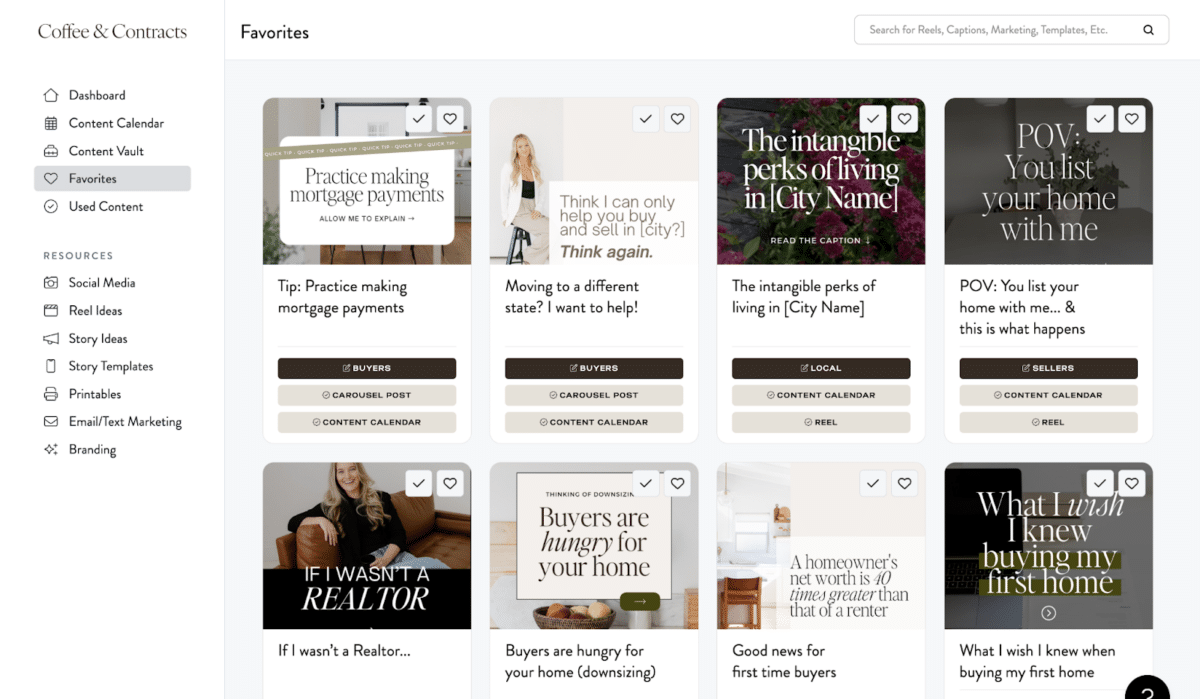
Jealie is a staff writer and expert on real estate education, lead generation, marketing, and investing. She has always seen writing as an opportunity to apply her knowledge and express her ideas. Over the years and through her internship at a real estate developer in the Philippines, Camella, she developed and discovered essential skills for producing high-quality online content. See full bio
Reviewed by Table of ContentsReal estate teams can offer numerous advantages for agents, from increased support and resources to the potential for higher earnings. Additionally, building a successful real estate team involves careful planning and execution. In this introduction, we’ll explore the benefits of real estate teams for agents and outline a 7-step process on how to build a real estate team while highlighting the mistakes to avoid along the way. Let’s dive in and uncover the valuable insights that can help you thrive in the real estate industry.
Before I get into how to build a real estate team, you need to know what a team is all about. A real estate team is a group of agents and employees with complementary skill sets that join to close more deals.

Teams come in all shapes and sizes—ranging from a duo of experienced agents who work side by side to close deals together to a single licensed agent with multiple unlicensed assistants to a dozen or more buyer’s agents, listing agents, and inside sales associates. How you structure your team is entirely up to you and depends on your business needs. However, you need to review the pros and cons to decide if it’s right for you.
Now that you know what a real estate team is and its advantages and disadvantages, it’s time to learn how to put it together. Before starting your quest to dominate your real estate market with a team, you need a plan. Here are the step-by-step instructions on how to build a real estate team and run it successfully.
Even though real estate teams are legal in all 50 states, you must still talk to your broker to ensure you know the rules on how to start a real estate team. You’ll also need a split and cap agreement to know how much money you can count on from each transaction to pay your team and cover your expenses. You can renegotiate with your broker as your team grows and becomes more successful.
Are you worried about whether your managing broker will approve your team? Don’t be. Leadership typically encourages agents to start teams. Why? Teams require less hands-on management and usually recruit and train junior agents independently. This means less work for your boss, not more. Also, if you come to your broker with a detailed plan for your team, they’re more likely to take you seriously and offer help getting your team off the ground.
Once you get the green light from your managing broker, the next step is to decide how your team will be structured. Here is a quick overview of our three favorite team structures to get you started.
Mentor-Mentee Model Team Leader Model Lead Team ModelIf you love training new agents and work at a brokerage that offers revenue sharing, the mentor-mentee model might be your best bet. In this model, team leaders recruit, train, and mentor new agents to generate their own leads. Unlike other structures, agent retention is not the goal here. Instead, you mentor them until they are ready to build your downline. Since you won’t have to reach into your pocket to generate leads for your agents, costs are low, which means better splits and less work recruiting new agents.
Drawbacks of the Mentor-Mentee Model
To build a strong personal brand and use it as the main focus of your team, consider the team leader model. This model functions like a unique real estate group, with the team leader’s brand as the focal point instead of a group brand. As the team leader, you’ll be the primary agent for listing properties and bring in other listing agents, showing agents, and support staff to help your business.
Drawbacks of the Team Leader Model
If you have the cash to burn, a strong business background, and thrive on organization and systems, the lead team model is for you. You’ll operate more like a startup’s founder than a real estate agent team leader. Instead of generating leads for everyone else, a business manager oversees a marketing manager, and a team of inside sales agents fills your customer relationship manager (CRM) with fresh leads. Those leads are then fed to listing agents and showing agents, who close them with the help of a transaction coordinator.
Drawbacks of the Lead Team Model

When overseeing a real estate team’s operations, it’s essential to recognize the unique aspects compared to managing a solo real estate business. A comprehensive real estate business plan outlining your requirements, financial considerations, and strategies for utilizing the generated revenue is crucial for success.
The real estate team business plan must include the following items:
When working in real estate teams, the commission is usually split among team members. Junior agents typically receive 40% to 50%, and team leaders get 60% to 75%. Teams often have a cap of around 90% of the collective cap of a group of licensed agents of the same size. It’s important to be generous when attracting high-quality agents; adjustments can be made as your team grows.
Wondering how much you’ll take home after sealing the deal? Use our handy calculator to find out! Just provide the details below, and we’ll automatically calculate your commission.
Equation 1: Sale Price of the Home X Percentage of Commission Collected by Agent from Sale = Total Commission Amount Before Splits
Example: $400,000 X 3% = $12,000
Equation 2: Agent Commission Split With Brokerage X Total Commission Amount Before Splits = Money for Agent
Example: 70% X $12,000 = $8,400
Equation 3: Money for Agent – Total Commission Amount Before Splits = Money for Brokerage
Example: $12,000 – $8,400 = $3,600
Remember, the tools you choose can significantly impact your team’s success. The right software helps attract new team members and reduces stress and confusion. I’ve selected some top team tools and software specifically designed to help teams. They will allow you to start with just two team members and add more as your team grows.

Want to run the team leader model but can’t afford to hire a marketing manager? Coffee & Contracts is your new secret weapon. They offer beautifully designed social media and print templates that make everyone think you hired a $100,000-a-year marketing manager.

If you need a steady stream of seller leads without the hassles of running your platform, then Market Leader is for you. Their exclusive seller leads come from housevalues.com, one of the internet’s most efficient lead capture websites. All you need to do is sign up and start qualifying your leads.

Want to escape the drudgery of digging through your inbox just to follow up on conversations with your team? Slack, a business group messaging platform, is the 21st-century method innovative teams use to communicate. No more lost emails or scrolling through endless email chains to find that one disclosure file.
If you want to set your team up for success, your first hire should be an administrative assistant. Having an administrative assistant on your team can be an attractive lure for recruiting junior agents. This person’s primary responsibility is to take work off the plate of the team leader or other licensed team members so that they can focus on the real estate-specific tasks that drive new client relationships and closed deals.
This work includes things like the following:
The ideal candidate for this position is organized, helpful, and solutions-oriented. They see a problem that needs fixing or a chance to increase the efficiency of a daily routine and fix it without being told to. This role is generally entry-level, so real estate experience isn’t necessary here. But it is helpful, especially if you’re a top producer with a lot of volume.
If you’re short on cash or just want to maximize your ROI, consider hiring an overseas virtual administrative assistant. Since administrative work for real estate agents is a common need, you can easily find someone in the Philippines with direct experience working with real estate agents.
Once your team starts closing more deals than your agents can handle, it’s time to scale and recruit for your team. While the team model you choose will determine who you should hire next, here is the general order we recommend for most teams.
Now that you have a better idea of how to set your team up for success let’s examine some common missteps that bright-eyed and bushy-tailed new team leaders make and how to avoid them.
Good people don’t leave good jobs. They leave lousy leaders.
A teamerage is a real estate brokerage managed and run more like a team than a traditional one. Think of it as a smaller, more collaborative alternative to a boutique brokerage. For many agents, teamerages offer the best of both worlds. They get the training, support staff, higher splits, and independence of a traditional brokerage and the one-on-one mentorship provided by team leaders.
If there are teamerages in your market and you have at least a year of experience, we recommend joining a teamerage over a team. In a teamerage, you will have more opportunities to build your brand and generate leads without the hassle of leaving your current team or finding a new brokerage.
You can start a real estate team as a licensed real estate professional. Most teams are started by agents or associate brokers who have reached the business limit they can do themselves because they’ve got more leads than they can serve on their own.
However, teams are also started by agents or brokers who want to diversify the services they can offer their clients (for example, by bringing on a commercial specialist or an agent who specializes in rental management) or agents who want to help bring down their operating costs by sharing them across a group.
The team leader determines the compensation model for a real estate team. Some team members (like real estate assistants or marketing specialists) are typically salaried or paid by the hour since their positions don’t require a real estate license or their work doesn’t directly result in closed deals. Licensed team members, like the team leader, buyer’s agent, or listing specialist, typically get paid exclusively by commission.
Building a real estate team is a fantastic way for successful agents to scale up their business and for new agents to break into the industry and learn from seasoned pros. Are you a part of a real estate team? What advice would you give to agents wondering how to start up a squad or choose a company to work for? Tell us in the comments below.
Jealie DacanayJealie is a staff writer and expert on real estate education, lead generation, marketing, and investing. She has always seen writing as an opportunity to apply her knowledge and express her ideas. Over the years and through her internship at a real estate developer in the Philippines, Camella, she developed and discovered essential skills for producing high-quality online content.
Good morning,
If I want to set up a team under a sponsoring broker. Do I need to have a DBA as an individual agent to be able to use the team name legally?. Not really sure on this. I know I need approval from the broker, but was not sure on the legal use of a team name. Thank you